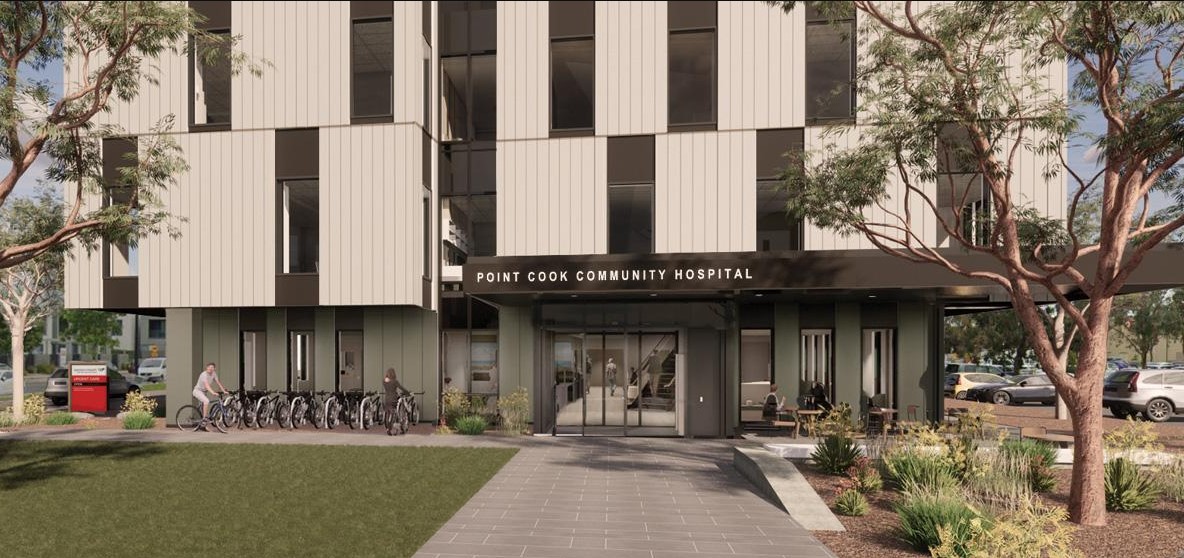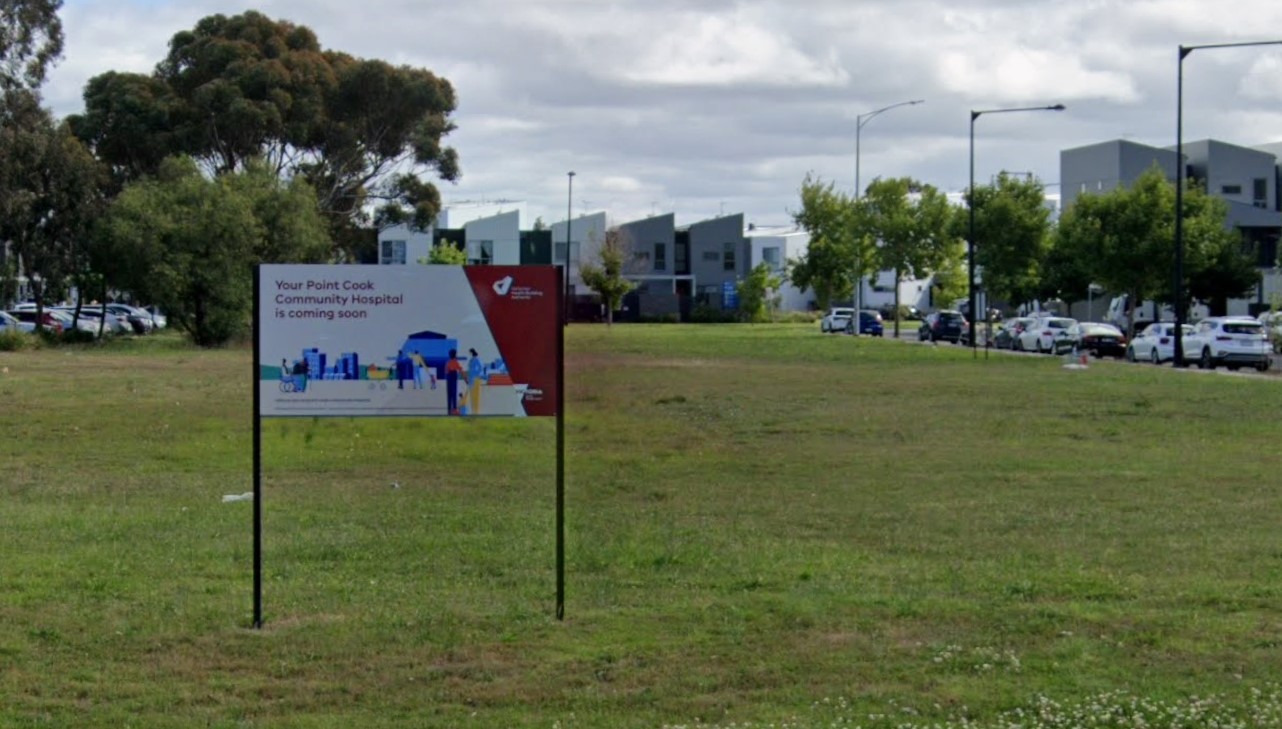19
Mar 2024
Hospital funding changes a welcome start as system struggles
Published in News on March 19, 2024

This week, we greeted the National Cabinet's announcement regarding alterations to public hospital funding and a significant investment in primary care with enthusiasm. These developments come in response to our ongoing advocacy for reforms in public hospital funding and measures to tackle the crisis in primary care.
Following the National Cabinet meeting, the Prime Minister disclosed that the Commonwealth would boost its contribution to hospital funding and introduce modifications to cap funding growth. Additionally, a $1.2 billion Strengthening Medicare package was unveiled, earmarked for initiatives aimed at helping older Australians evade hospital admissions and facilitating early discharge.
The AMA has been at the forefront of urging the Commonwealth to augment funding for public hospitals and eliminate the 6.5% cap on funding growth, ever since we published our research report, "Public hospitals: Cycle of crisis," in 2021, which highlighted deficiencies in the current funding framework. Subsequently, our relentless advocacy through the Clear the Hospital Logjam campaign has emphasized the necessity for funding to mitigate avoidable admissions and readmissions.
Various reports from the AMA have underscored the repercussions of a system in gridlock: mounting elective surgery backlogs, protracted wait times for outpatient appointments, declining performance in emergency departments and planned surgeries, issues like exit block and ambulance ramping, and the financial burden of avoidable hospital admissions for elderly Australians.
We also commend the government's commitment, through the Strengthening Medicare measures, to address workforce challenges, including the implementation of interim recommendations from the Kruk Review, particularly the streamlining of immigration and application procedures for international medical graduates (IMGs).
Nevertheless, we remain apprehensive about certain recommendations concerning the assessment of specialist IMGs. Initiatives to facilitate the integration of overseas-trained health professionals must not compromise standards or marginalize the Medical Colleges.
The announcement coincided with the release of new data on Wednesday by the Australian Institute of Health and Welfare, revealing the widespread struggles of our public hospitals across various metrics.
According to this data, nearly half of patients exceeded the recommended time in emergency departments during 2022–23, while the waiting list for planned surgeries surpassed 850,000 individuals.
We will scrutinize these changes' implications for our health system and members more closely. Anticipating the forthcoming final report, we will offer further commentary in due course.









